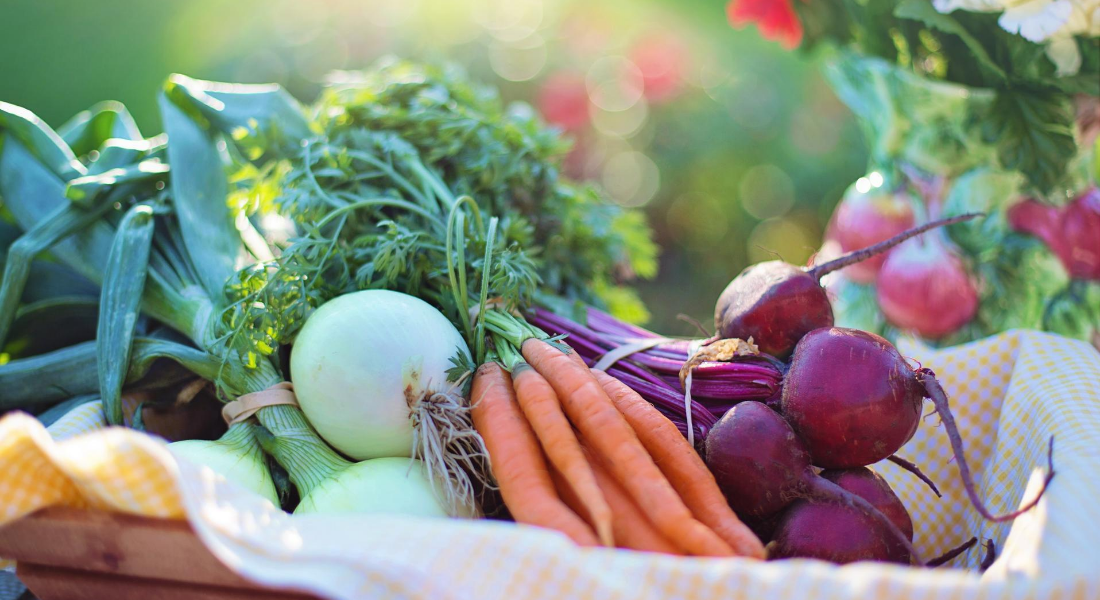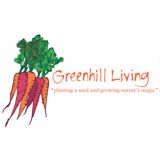The inconvenient nature of vegetables
We are recommended and encouraged to eat vegetables, to eat the colours of the rainbow due to their nutritional value and endless health benefits. However, there are quite a few of us who simply don’t like vegetables; they taste bitter, are deemed too healthy or they just take up too much room in the fridge especially when you think of silverbeet, spinach and kale bunches.
Vegetables are:
- Packed with nutrients; antioxidants, vitamins, minerals, fibre and phytonutrients
- Have volume but few calories
- Mostly water which is good for hydration and fibre digestion
- Sweet & bitter; sweet (carrots, peas, corn, squash, sweet potatoes) & bitter (parsnips, Jerusalem artichokes, celery, kale, Brussel sprouts)
Exposure to the rainbow
Our appreciation for the varied and complex flavours of any foods, not just vegetables is determined by numerous factors including flavour preferences passed on by our mothers in the womb, our genetic make-up and exposure; conditioning, familiarity and practice.
Our flavour profile is defined at a pretty young age, I read somewhere it was before the age of 7 (but don’t quote me on this) so how you are fed as a child determines how you eat as an adolescent and adult.
You often hear people not being able to stomach Brussel sprouts because they grew up with them being steamed to death and by the time they ended up on your plate; they resembled green sludge and smelt, well just bloody awful, like sweaty socks. But you need to forgive those who bastardised vegetables before you in order to live, learn and give more respect to the gifts of nature.
Basically, the golden rule is, very few vegetables other than potatoes should be boiled; the rest should be steamed, roasted, sautéed or eaten raw.
Our heritage
We are influenced culturally and by our younger years as to which vegetables make it into our fridge crisper drawer as independent adults. As a white Australian I grew up eating: peas, carrots, broccoli, cauliflower, Brussel sprouts, pumpkin, potatoes, sweet corn and iceberg lettuce. I don’t remember before the age of 10 eating vegetables like eggplants, bok choy, kale or spaghetti squash. It was only through cultural diversity and cuisine that gave me the opportunity to explore the plethora of vegetable outside of my childhood allowing my tastes to expand and change to where I am now; enjoying the wonderous flavours of vegetables even the bitter ones.
Conservative to Progressive
There are over one thousand (1,097) vegetable species cultivated worldwide with the types of vegetables being broken down by:
- Leafy green – lettuce, spinach and silverbeet
- Cruciferous – cabbage, cauliflower, Brussel sprouts and broccoli
- Marrow – pumpkin, cucumber and zucchini
- Root – potato, sweet potato and yam
- Edible plant stem – celery and asparagus
- Allium – onion, garlic, shallot
Eat the in-season rainbow
Eat with the seasons – this in nature’s way of making sure your body is getting a healthy mix of nutrients and plant chemicals and to get the full range of health benefits from vegetables look for the colours of the rainbow; let the colours guide you and your plate.
- Red foods – like tomatoes and watermelon
- Green vegetables – like spinach and kale
- Blue and purple foods – like blueberries and eggplant
- White foods – like cauliflower
All about the ‘toes’
The most consumed vegetables in the world are potatoes and tomatoes which is understandable considering how much fries and pizza we consume on a daily basis around the world. Control your food and you control your health; there is nothing wrong with fries or pizza as long as you control the source.
Buying influences
What influences your decision to buy fruit & vegetables?
- Health, wellness & nutrition
- Taste
- Convenience
The big decision for most is convenience. The difficulty with vegetables is:
- Washing; too dirty
- Storage; too big
- Peeling, cutting, slicing
You can now buy ‘fresh’ fruit and vegetable already cut up for you; conveniently found in the fridge of the supermarket wrapped in plastic. Sure, this isn’t a bag thing if that is all you had to choose from but we don’t, we have local farmers markets and grocery stores who stock an abundance of fruit & vegetable sold in their own packaging – the only thing you need to do is connect with it on the kitchen bench when you prepare in a meal.
We must not lose our connection with food; the ability to cut, dice, slice and toss to mindfully peel a potato or cry over a cut onion. We should marvel at our ability to control our food choices and to appreciate the hard work nature (& farmers) have done to grow this goodness for us.
Lifecycle of food
There is a lifecycle of food that we often overlook, ignore or dismiss due to the quick self-gratification nature of how our current food system now operates. Processed foods, long life foods over fresh and perishable foods because it deemed more convenient, exciting and tasty. Food is our life force, it provides energy, nutrients and ultimately our health; call fresh foods your life insurance policy.
Fresh foods are full of vitamins, minerals and most importantly fibre which helps lesson the risks of cancers such as colon and bowel. Vegetables are made up of an impressive nutrient profile; and it’s this profile that has stood the test of time.
The processed foods found on our shelves are made up with an assortment of preservatives and additives that are yet to be fully tested, they are currently “testing on humans” and we are allowing these big companies to get away with it.
Trust your food
The more conscious we are about the importance of food from plot, plate to digestion the greater our choice and responsibility will become to choose foods grown with integrity, authenticity and seasonality.
We must not get dazzled by the smart packaging, marketing jargon and big budgets of processed foods companies all vying for our food dollars but not our health. What is the answer to health & wellness, youthful looks and untapped energy & performance? Simple; fresh produce (preferably organic).
Shop local
Support your community; shop locally at a farmers market for fresh, nutritionally dense and in-season food. Your body will thank you for it xx










